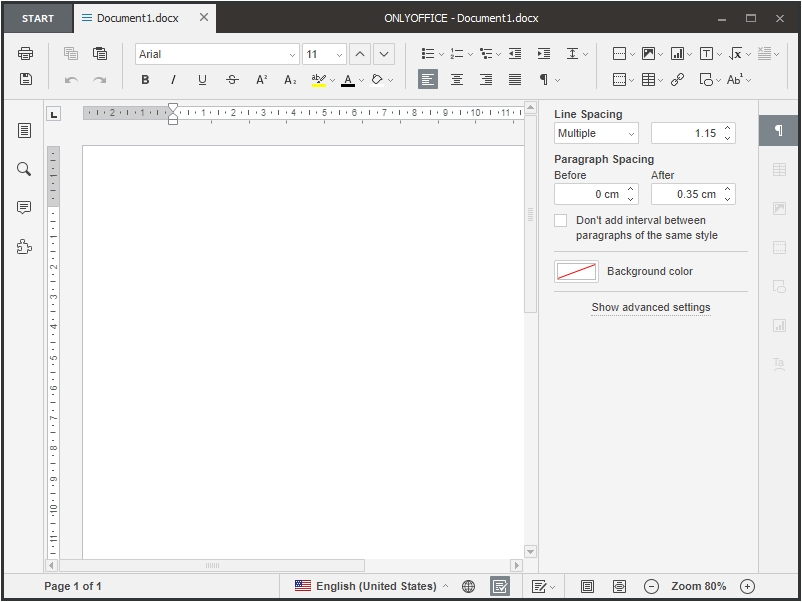
- #Best free office suite for windows 10 home edition for free#
- #Best free office suite for windows 10 home edition how to#
- #Best free office suite for windows 10 home edition install#
- #Best free office suite for windows 10 home edition full#
#Best free office suite for windows 10 home edition full#
If Microsoft does make the universal apps free, they’ll be a good option for desktop users who don’t need the full Microsoft Office suite. It’s possible that the universal apps won’t require a subscription at all on Windows 10, allowing you to use them for basic editing - even on the desktop - without paying anything. On iPads, Android tablets, iPhones, and Android phones, the Office apps are free to use and don’t require a paid subscription. Microsoft is hedging their bets a bit here.
#Best free office suite for windows 10 home edition install#
But you’ll be able to install these universal apps on Windows 10
#Best free office suite for windows 10 home edition for free#
Microsoft is pushing these as “designed for touch and mobile.” They’ll “be pre-installed for free on phones and small tablets running Windows 10, and available to download from the Windows Store for other devices.” The message is pretty clear - use these apps on phones and small tablets, and use the traditional desktop apps on desktop PCs. There are also simplified universal versions of Outlook Mail and Calendar. There are also less apps - only universal versions of Word, Excel, PowerPoint, and OneNote are offered.

They’re much more simplified and have less features. Universal Office apps are new - they’re the Windows versions of the iPad and Android tablet Office apps Microsoft released recently.

You’ll have to buy a boxed copy of Office 2016 or pay for a Microsoft Office 365 subscription to get them. They have all the typical features you’d ever need, and they’re optimized for traditional Windows desktop use. But, if you absolutely need advanced features, you could still run these on a Windows tablet with a touch interface. If you’ve ever used Office on Windows in the past, these are the applications you’ve been using. Microsoft is pushing these as “ best suited for keyboard and mouse,” and they are. The desktop Microsoft Office apps are Office as you know it - packed with a huge amount of features that have built up over the years, with everything from mail merges to macros included. RELATED: What's the Difference Between Office 365 and Office 2016? So, which should you use? Advantages of Desktop Office Most of the apps included with Windows 10 are universal apps Microsoft wants you to use on the desktop, after all. The universal apps run in windows on your desktop. The desktop apps still have that “ touch mode” which makes them more usable on a touch screen. And, if they were, it would be simple - the touch apps would just run in the new “Metro” interface and be ideal for tablets, while the Office desktop apps would run in windows and be ideal for laptops and desktops.īut things are less simple now. These new “touch” Office apps were originally supposed to be released sometime for Windows 8.
#Best free office suite for windows 10 home edition how to#
RELATED: Beginner: How to Enable Touch Mode in Office 2013 They’re also more lightweight, trading the huge amount of features that have built up in the desktop Office apps over time for “modern” Windows apps that use MIcrosoft’s new universal app platform. These are available in the Windows Store. Their interfaces are more designed for touch use. Because they’re universal, they’ll also run on Windows phones.


They’re the Windows version of the Office applications available for iPads and Android tablets. These aren’t the traditional desktop Windows applications, but will run in windows on the desktop. Microsoft now offers “universal app” versions of Office. However, they’re still the typical Office applications Windows users around the world already use. Yes, they’re improved - they gained a “touch mode” around the time of Windows 8, they’re now gaining real-time collaborative editing, and they’re integrated with Microsoft’s OneDrive. These are the typical Word, Excel, PowerPoint, Outlook, and other Microsoft Office applications you’ve been using forever. The traditional line of Microsoft Office desktop applications continues with Windows 10. Office 2016 is the successor to Office 2013. RELATED: Windows 10 Is Almost Here: Here's What You Need to Know


 0 kommentar(er)
0 kommentar(er)
